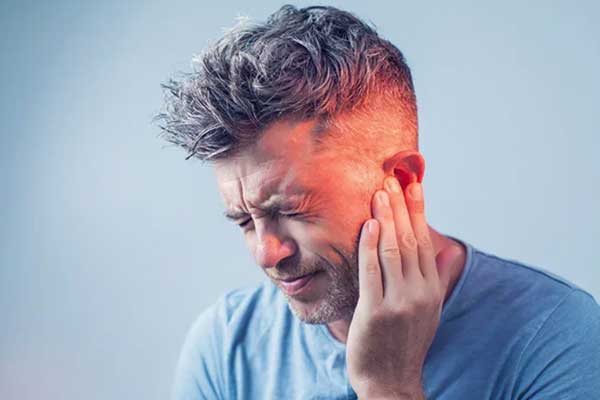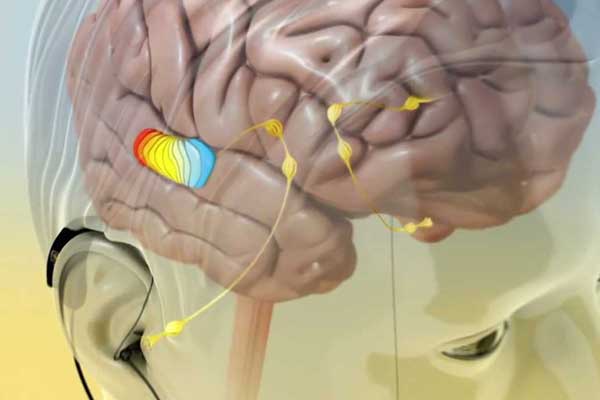Tinnitus Management
Tinnitus is the perception of sound in the ears or head without an external source. It’s often described as a ringing in the ears, but it can also sound like:
Buzzing, Hissing, Whistling, Clicking, Roaring, Whooshing, Pulsing (in sync with your heartbeat — called pulsatile tinnitus)
Key Facts
- Not a disease — it’s a symptom of an underlying condition.
- Can be temporary or chronic.
- Can affect one or both ears.
- Varies in volume and pitch, and may come and go.
What you need to know
What Causes Tinnitus ?
🔈Is Tinnitus Dangerous?
Tinnitus itself isn’t dangerous, but it can seriously affect quality of life:
- Trouble sleeping
- Difficulty concentrating
- Emotional distress (anxiety, depression)
🧪 Diagnosis
If you experience tinnitus, a healthcare provider may:
- Examine your ears
- Perform hearing tests (audiometry)
- Order imaging (like MRI or CT) if they suspect structural causes
💊 Treatment Options
There’s no universal cure, but many people find relief through:
🛠️ Management:
- Hearing aids (especially if hearing loss is present)
- Sound therapy (background noise or white noise machines)
- Cognitive Behavioral Therapy (CBT) to reduce distress
- Tinnitus retraining therapy (TRT)
🧴 Treat underlying causes:
- Remove earwax
- Adjust medications
- Treat TMJ, infections, or circulatory issues
🚫 Avoid triggers:
- Loud noise exposure
- Stimulants (like caffeine or nicotine)
- Stress





